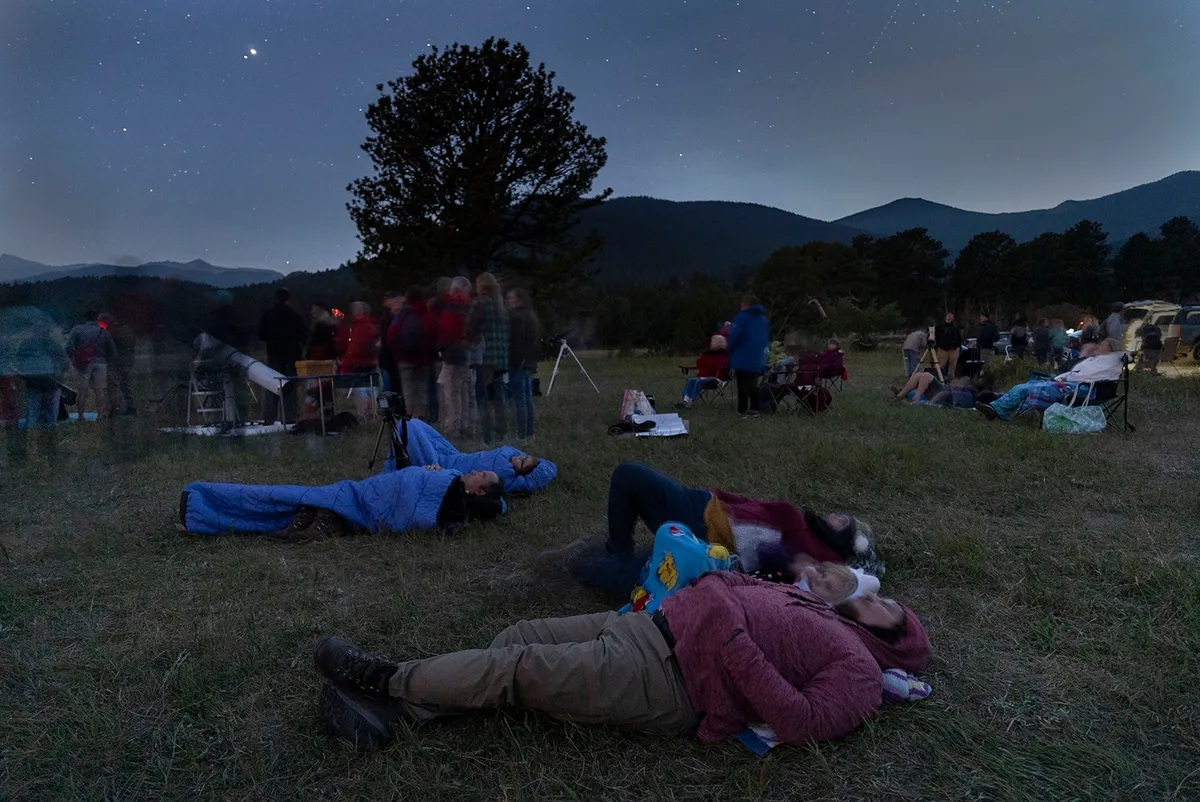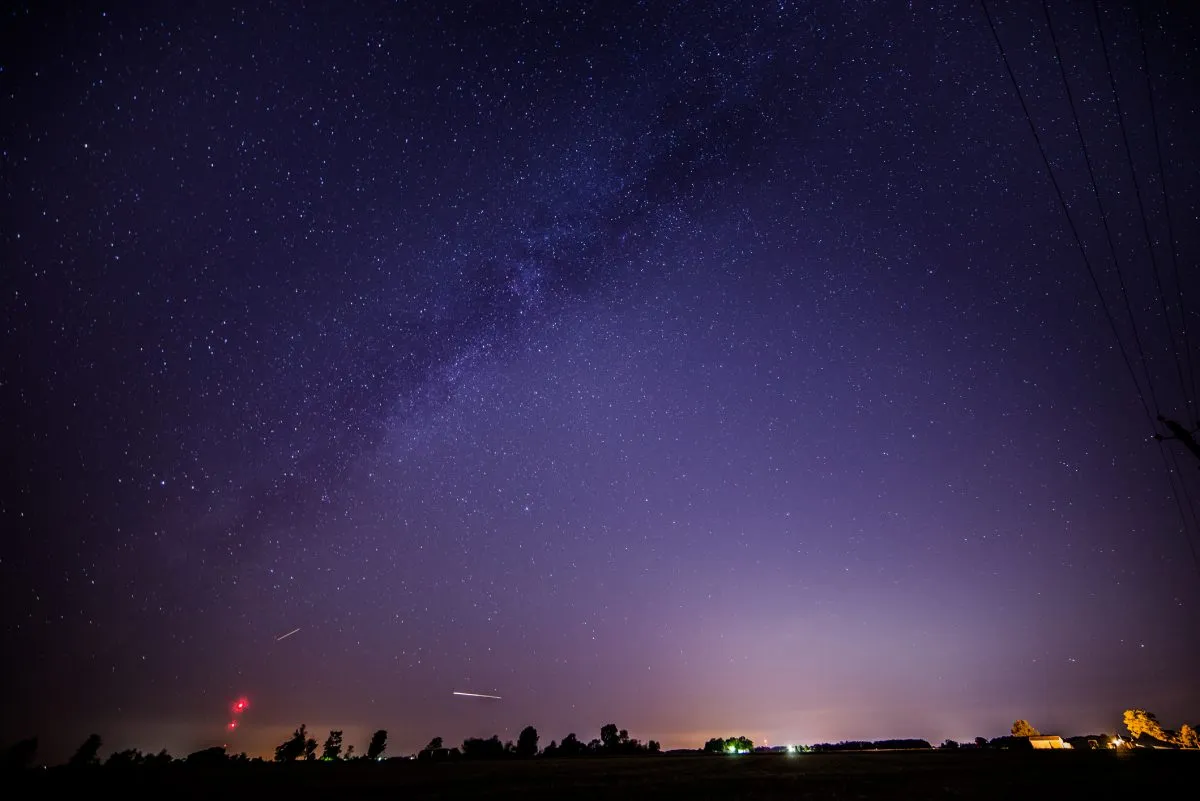The 2023 Draconid meteor shower is currently underway, visible between 6 - 10 October and is best seen on the evening of 8 October.
This makes the Draconid meteor shower a great observing opportunity for this weekend, as the peak approaches.
In this guide we'll reveal what the Draconid meteor shower is, when to see it and where to look in the night sky.
For more advice, read our guide on how to observe a meteor shower, discover what causes a meteor shower or read our guide to the best equipment for photographing meteors.

Key facts about the Draconid meteor shower
The radiant of the Draconid meteor shower - the point from which the meteors appear to emanate in the night sky - is the constellation Draco.
Draco can be found winding its way between Ursa Minor and Ursa Major, so look for the Plough and you can easily find the Draconids' radiant.
The best time to see the 2023 Draconids will be as the sky darkens at around 20:30 BST, when the radiant is high in the sky and the Moon is below the horizon.

How many Draconid meteors will you see?
Typically, the Draconid meteor shower produces a peak zenithal hourly rate (ZHR) of 10 meteors per hour.
This is the total number of meteors you might expect to see under perfectly dark, clear conditions with the meter shower's radiant overhead.
That caveat is important: in reality you will see fewer.
However, short-term Draconid meteor shower boosts – up to 300 meteors per hour – have been seen in recent years.
Draconid meteor shower trails are especially slow, the meteoroids entering Earth’s atmosphere at 21km/s.
That's less than one-third the speed of November’s Leonid meteorids.
Get weekly lunar phases and times delivered to your email inbox by signing up to the BBC Sky at Night Magazine e-newsletter.

Can we expect another spectacular Draconids display?
The Draconids are also known unofficially as the Giacobinids, in reference to the parent short-period comet 21P/Giacobini-Zinner.
They may have a low ZHR peak value, but increased activity has been observed over the past few years.
The Draconid meteor shower put on spectacular displays in 1933 and 1946, with ZHR rates measured at thousands of meteors per hour.
Enhanced rates were also seen in 1998, 2005, 2011 and 2012.

The 2012 event consisted mostly of very faint trails, which were detected by the Canadian Meteor Orbit Radar facility.
In 2018 the shower put on an impressive display: a ZHR of 150 meteors per hour over a 4-hour period.
While there may be no predictions for an enhanced display this year, you can still record what happens.
It’s only with recorded data that future predictions can be refined.
How to observe a Draconid meteor

Meteor showers have to be one of the best astronomical events for beginners.
They should be observed with the naked eye and you don't need any equipment to spot one.
This makes a meteor shower also great stargazing for kids activity.
Draconid meteor shower top tips
- Get away from light pollution: observing under a dark sky will increase chances of spotting a meteor.
- If observing from your own garden, turn off all the lights so they don't spoil the view.
- Avoid using white lights such as torches and mobile phones, as this will spoil your dark-adapted vision.
- If you need to see in the dark, use a red light torch. Turn your phone's screen red in the settings.
- Wrap up warm, bring something to eat and perhaps a hot drink as well.
- Use a reclining chair or sunlounger so you can look upwards without getting cramp in your neck.
- Allow 20 minutes for your eyes to adapt to the darkness: you'll be able to see more meteors
- Find the Draco constellation and then look about two thirds up in the sky in any direction.
- If you can trace a meteor back to Draco, chances are you've seen a Draconid meteor.
Clear skies, and happy meteor hunting!
